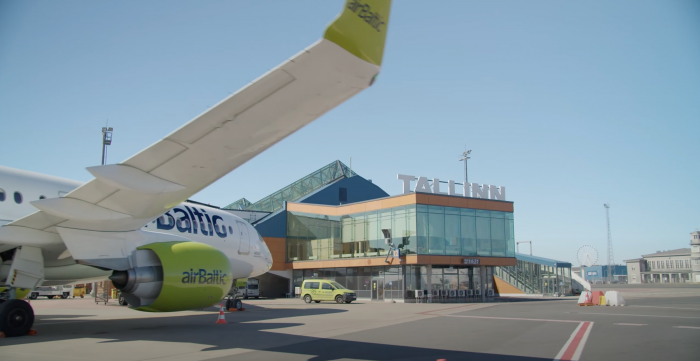The €74m project – which was designed to improve aviation safety, boost capacity and enhance the environmental condition of the airport – began in 2021. The EU Cohesion Fund co-financed eligible activities to the value of €35m.
The project was undertaken in stages to ensure that the airport could continue to operate uninterrupted. “Keeping Estonia connected to the rest of the world and servicing both passengers and aircraft remained our priorities throughout the project,” said Riivo Tuvike, chairman of the management board of Tallinn Airport. “So that we could fulfil our mission, the airport remained open while the work was going on, with all asphalting carried out at night to make sure there were no disruptions to the airport’s operations.”
Tuvike added that the airside development project forms part of the broader vision of the airport’s future. “We’re planning to build aircraft servicing hangars and a cargo area on the southern side of the airport at some point in order to attract new companies, but also to leave the area around the passenger terminal free for the development of buildings designed to serve travellers,” he said.
The results of the project can be divided into three categories: increased capacity; improved environmental condition; and enhanced safety. One of the biggest and most important aspects of the project was the reconstruction and extension of the runway to a total length of 3,480m, along with the adoption of a new apron area and the establishment of a new network of taxiways. In order to improve the green standing of the airport, rainwater diversion systems and aircraft de-icing areas meeting all modern environmental requirements were constructed. In addition, warehouses for reagents and for the storing and handling of the airport’s de-icing chemicals were built and maintenance and rescue service equipment was acquired.
According to Tõnu Mühle, head of infrastructure development and administration at Tallinn Airport, a dedicated project group incorporating representatives of both the airport and its partners was formed for the coordinated execution of the project. Mühle says the keys to the success of projects on this scale are effective cooperation and mutual understanding, adding that despite external factors all of the work was completed as planned. “That was largely thanks to everyone being on the same wavelength and keeping the end goal very much in sight,” he said. “We’re also very thankful that we were able to obtain EU support, since we’d never have been able to undertake such a massive project if we’d had to finance it entirely on our own.”

